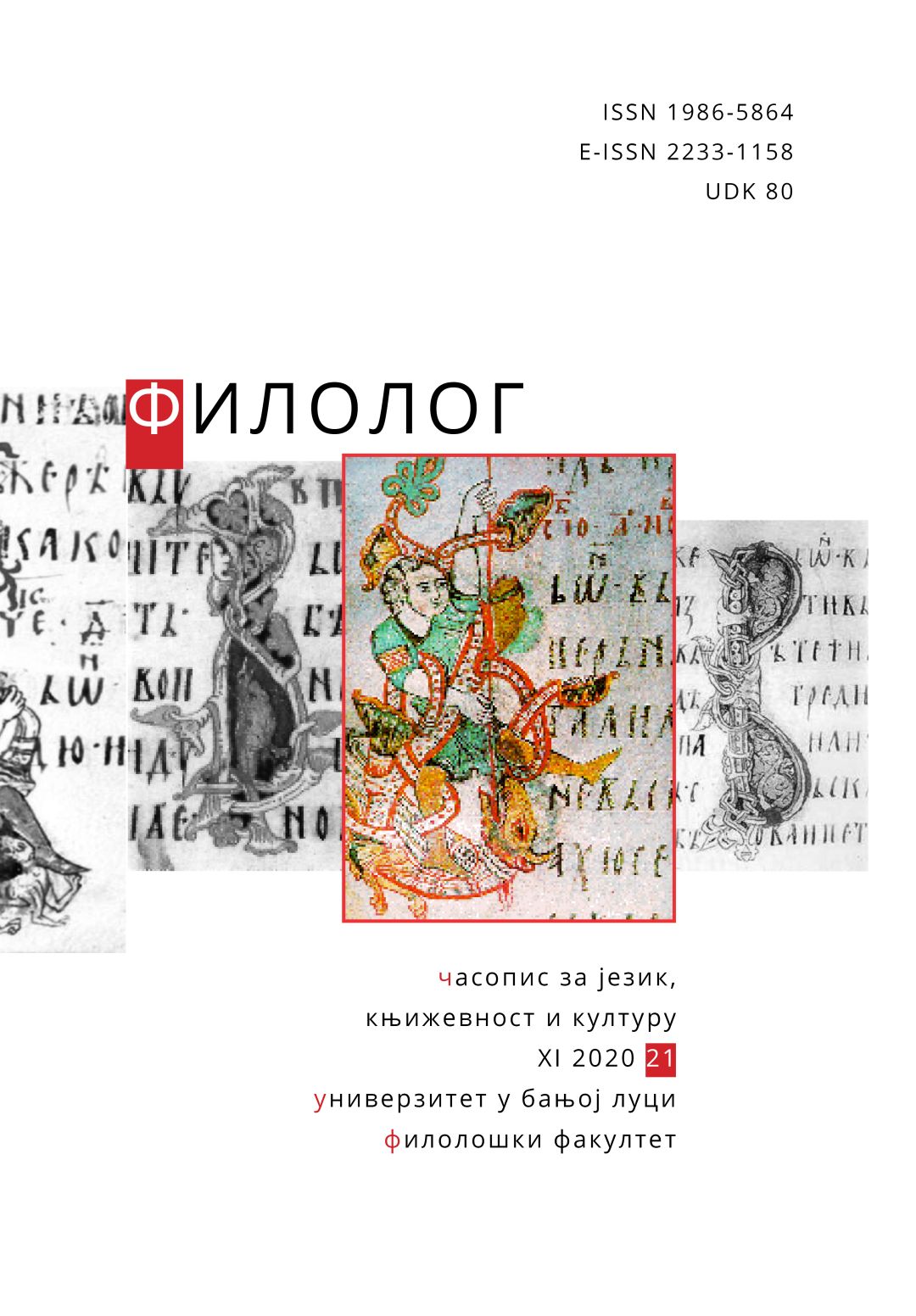Analitički pristup u nastavi stranog jezika: primer udžbenika Headway
The Analytical Approach in Foreign Language Teaching: The Example of Headway Coursebooks
Author(s): Petra V. MitićSubject(s): Language studies, Foreign languages learning, Applied Linguistics, Comparative Linguistics, Philology
Published by: Филолошки факултет Универзитета у Бањој Луци
Keywords: Analytical learning; metalinguistic competence; contrastive approach; communicative model; the analysis of Headway coursebooks;
Summary/Abstract: This paper is concerned with the communicative approach in learning a foreign language including the problems that followed the empirical appliciation of this approach, especially in the domain of learning English as a foreign language, as well as the attempts to identify and overcome its limitations. The analytical aspect of learning has been given the central attention here, which is why the theoretical review is followed by considering the justification and necessity of its inlusion using the Headway coursebooks as an example. The analysis has covered three particular levels of learning mirrored in the titles: Headway Intermediate, Headway Upper-intermediate and Headway Advanced, which corresponds with the standardised levels from B1 to C1 in Europe. Our discussion is concentrated primarily on teaching English as a second language at the university level, so the analytical approach is looked upon mainly in the context of teaching students at different departments of philology. But the implications of using this model reach much further than university teaching as Headway coursebooks have been used both in private and state schools throughout Serbia, as well as around the world. A very consistent insistence on using the analytical approach is a special characteristic of these coursebooks and certainly something that sets them apart from many other similar coursebooks available on the market. The pedagogical and methodological aspects of this approach are such that leave space to the teacher to make use of the advantages of occasional contrastive analysis with the two languages – English and the native language of the student (and/or the first foreign language) – drawing attention to those areas of English which have proved most difficult regardless of what particular native language the student speaks. This is why the analytical approach has shown to be of such crucial importance as well as encouraging the student to see that acquiring language skills is neccesarily related to how well he understands the inner logic and mechanisms of the language itself. Last but not least, it gives the student a possibility to see learning as a meaningful process – one in which this competence has proved to be a neccesary and an extremely significant aspect.
Journal: Филолог – часопис за језик, књижевност и културу
- Issue Year: 2020
- Issue No: 21
- Page Range: 55-78
- Page Count: 24
- Language: Serbian

